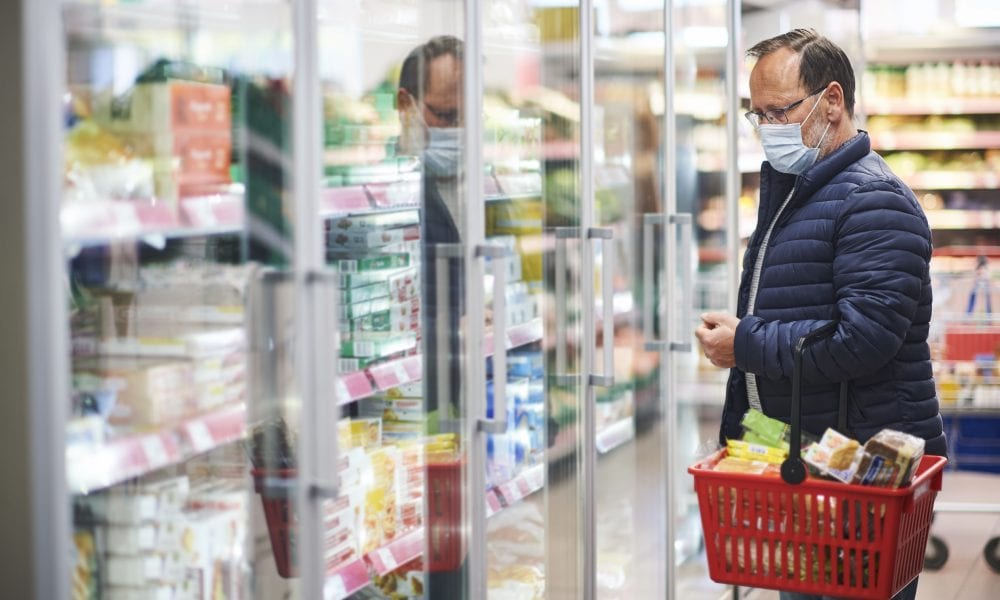If you’ve been to a grocery store lately, filled up your gas tank or tried to buy lumber for a project, you’re well aware that a lot of things are more expensive since the calendar flipped from 2020 to 2021.
Even toilet paper, one of the hottest commodities people were panic buying a year ago, is costing more. It’s all due to the shortages during the COVID-19 pandemic followed by supply issues, either because of worker shortages or other issues.
The real concern, however, is how much we will see prices increase in the future, especially when it comes to our grocery bill. And food is something we can’t simply decide not to spend money on until the price comes down.
The United States Department of Agriculture has released a prediction for the rest of 2021 when it comes to food prices. Using the Consumer Price Index, a measure of economy-wide inflation, the USDA says we can expect to see prices continue to increase for the rest of the year.
Food-at-home prices — meaning the price of grocery store purchases — increased 3.5% in 2020, and now the USDA is predicting prices will increase another 1.5% to 2.5% this year.
The USDA says certain foods will be more expensive than others, with predictions that the price of beef and veal will rise by another 1% to 2%, pork between 2% to 3%, poultry at 0.5% to 1.5% and other meats at 1% to 2%.
They also predict that eggs may increase by about 1%, dairy will rise 0.5% to 1.5% and cereal and baking products between 1%-2%. Those who like fresh fruit are in for the biggest increase, with the USDA predicting those costs will rise from 3.5% to 4.5% in 2021.
Prefer eating out to grocery shopping? Those costs are predicted to go up even more, with the USDA saying food-away-from-home prices are expected to increase between 2.5% and 3.5%.
Despite all of these predicted increases, however, inflation for most food categories is actually expected to be at or below their 20-year historical averages. The only exceptions for that prediction are for nonalcoholic beverages and fresh fruit.
Have you noticed any price increases on your favorite foods?










